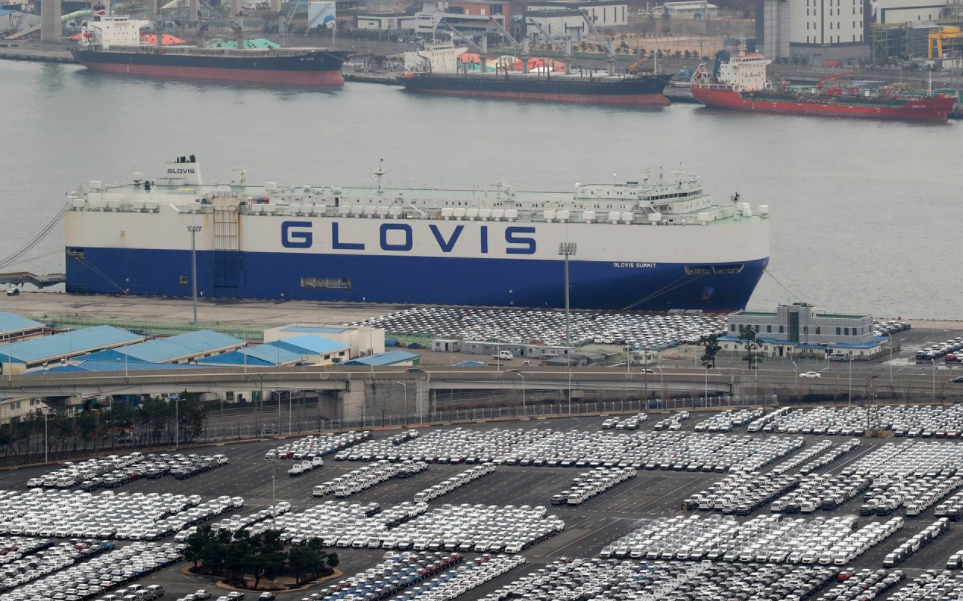
COVID-19 has left a huge impact on industries around the world. The supply of semiconductors in the IT industry has been scarce as COVID-19 has drastically increased the demand for IT products (PC, Notebook, Tablet, Smartphone, Server, etc.). In addition, the supply of automotive semiconductors is not only increasing the production cost of automobiles, but also causing some automobile factories to shut down.
There are two main types of semiconductors, memory semiconductors and system semiconductors (non-memory semiconductors). Memory semiconductors are products that only have storage functions. They require large-scale facility investments using capital power, and mass production of smaller hardware, including DRAM, Flash Memory, and SSD. System semiconductors, on the other hand, are products with functions such as computation, information processing, reasoning, and so on. System semiconducting hardware includes CPU, Mobile Processor, CMOS Image Sensor, Power Semiconductor DC.
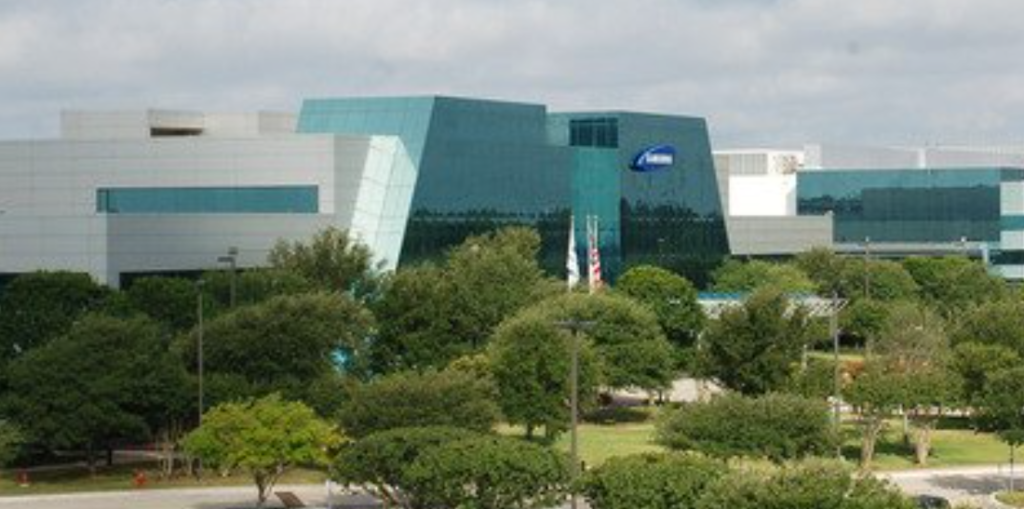
According to World Semiconductor Trade Statistics’ (WSTS) report from December of 2020, Memory semiconductors account for 28.8% ($135,311 million) of the market, while non-memory system semiconductors account for 71.2% ($334,091 million).
There are three main types of semiconductor companies; Fabless (a company that designs the circuit schematics), Foundry (a company that manufactures semiconductors according to the schematic), and IDM (an integrated device manufacturer with both designing and manufacturing capabilities).
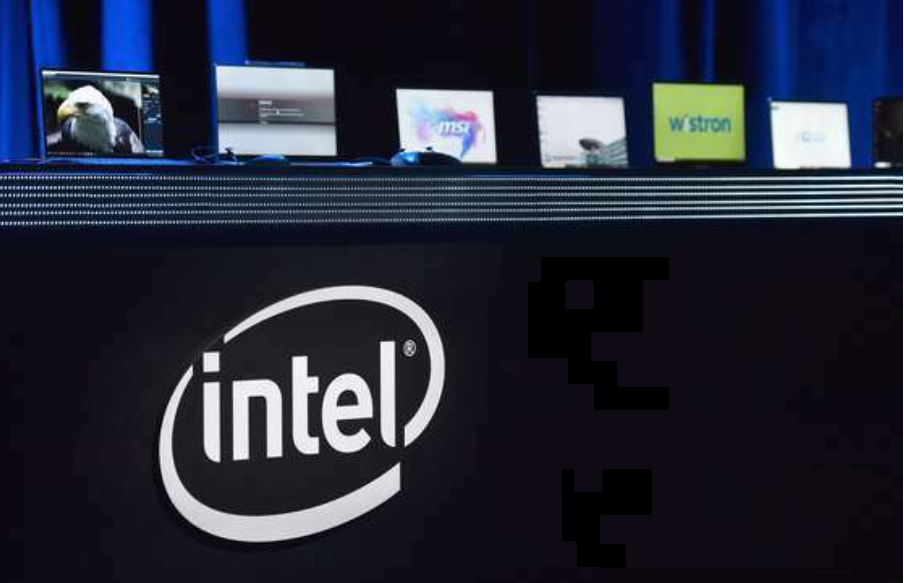
Some examples of Fabless companies are Apple, Qualcomm, Broadcom, MediaTek, NVIDIA, AMD, etc. Foundry companies include TSMC, Global Foundries, UMC, SMIC, etc. IDM companies include Samsung, SK Hynix, Magnachip, Intel, Micron, Texas Instrument, Western Digital, and STMicroelectron.
As mentioned previously, the global pandemic has led to an increase in demand for IT products. IDM and Foundry companies are also producing more profitable IT semiconductors.
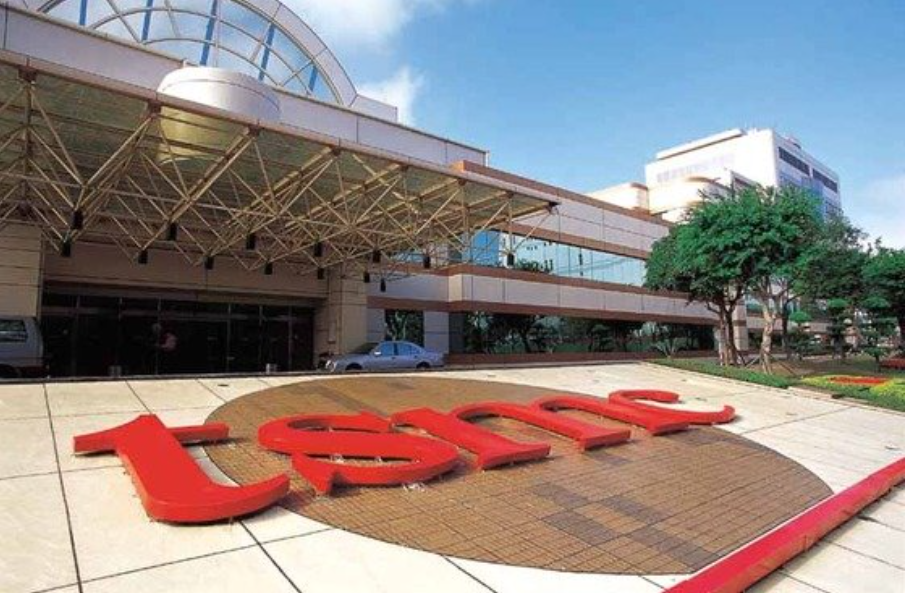
IDM and Foundry companies have no choice but to favor IT semiconductors over vehicle semiconductors as profitability and volume of the IT semiconductors in demand eclipses the latter.
As for server processors, Intel’s maximum price per specification is $9,387. Data center operating companies such as Microsoft, Amazon, and Google sometimes order hundreds of thousands of expensive CPUs as needed. The demand for CPUs and high-performance GPUs for servers used in “HyperScale” data centers is soaring. (HyperScale is a data center with at least 100,000 servers in a 22,500㎡ area.) The number of HyperScale data centers are expected to increase to 628 this year (10.17% increase)
In addition, GPUs have been in short supply in online and offline stores worldwide as GPUs are being used to mine crypto currency such as BitCoin, which has taken over the market.
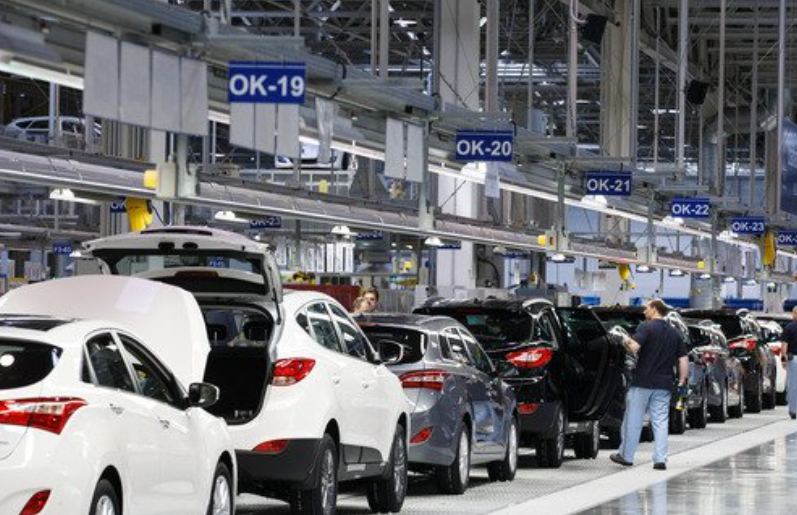
In the case of automotive semiconductors, there are about 100 semiconductors in a car which have relatively low performance compared to IT semiconductors. While these semiconductors only control simple operation, some of these products cost around tens of dollars.
In 2020, global automakers sold 72.64 million cars (Hyundai Motor Group’s Global Management Research Institute), while global smartphone shipments reached 1.25 billion units sold, while PCs, including laptops, sold 91.59 million units in the fourth quarter of 2020. (Citation: TrendForce, a market research firm)
As a result, automotive semiconductors account for only 10% of the semiconductor market.
However, while semiconductor manufacturers are concentrating on the production of IT semiconductors, natural disasters are causing disruptions in semiconductor production worldwide.
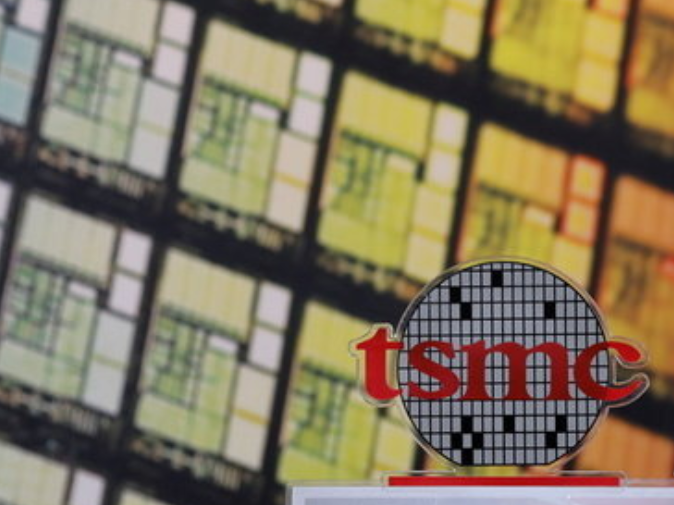
Taiwan experienced a 6.7-magnitude earthquake in the northeastern region last year in December, causing power outages at TSMC and Micron’s Taiwan plant (DRAM manufacturer). On April 15, more than 1,000 Wafers were scrapped due to a six-hour power outage at TSMC’s plant (Fab14.P7), with an estimated loss of about $35 million. To make matters worse, it is currently facing the worst drought in 56 years. The water level of reservoirs supplying industrial water for the semiconductor industry is at the lowest level in history because of low rainfall thanks to the typhoon-free summer. As a result, the Taiwanese government has implemented water supply restrictions, and TSMC and Micron are even attempting to recycle artificial rainfall and wastewater. Due to the disaster, TSMC, which accounts for 56.4% of Foundry’s (as of Q2 this year), has AMD, Intel’s CPU products, NVIDIA’s GPU products, Apple, Qualcomm, MediaTek’s Mobile Processor products, Broadcom’s broadband Chip products, Xilinx’s FPGA products, Sony’s CMOS Image Sensor products, and Renasas’ automotive semiconductors going under supply shortage.
In the U.S., the two-week cold spell in Texas in February left heavy snow over 12 cm of snow, conditions that Texans weren’t ready for. This caused many of the major power plants in Austin to shut down including Samsung’s Foundry plant, the NXP plant, and the Infineon plant. Due to the disaster, the Samsung plant lost $266 million to $355 million.
Japan’s Renesas plant in Ibaraki, the third-largest automotive semiconductor manufacturer, was shut down after a 7.3 magnitude earthquake hit the Fukushima Prefecture.
These natural disasters are becoming a hindrance to the supply of semiconductors. IT semiconductor manufacturers are not able to keep up with their high demands. For these reasons, the price of IT semiconductors continues to rise.
According to TrendForce, a global market research firm, DRAM (DRAM for PC, DRAM for Mobile, DRAM for Server, DRAM for Graphic) is expected to increase in price by 18-23%, Flash Memory by 3% and SSD by 3% to 8% in the second quarter of this year.
NXP’s (Netherland) – the leading manufacturer of automotive semiconductors – IoT, Mobile, and Infra divisions grew 16%, 3%, and 12%, respectively, compared to the second quarter of 2020. However, the automotive semiconductor division grew back to 35% (sales: $6.75 million). Investing into automotive semiconductor manufacturing facilities could reduce the budget for more promising divisions. This high risk could ultimately lead to losses.
COVID-19 is affecting not only the global semiconductor production but the automotive industry as well. It is hoped that companies around the world will be able to overcome this crisis quickly.
Mike Choi
Asia Journal
(Los Angeles Times Advertising Supplement)

